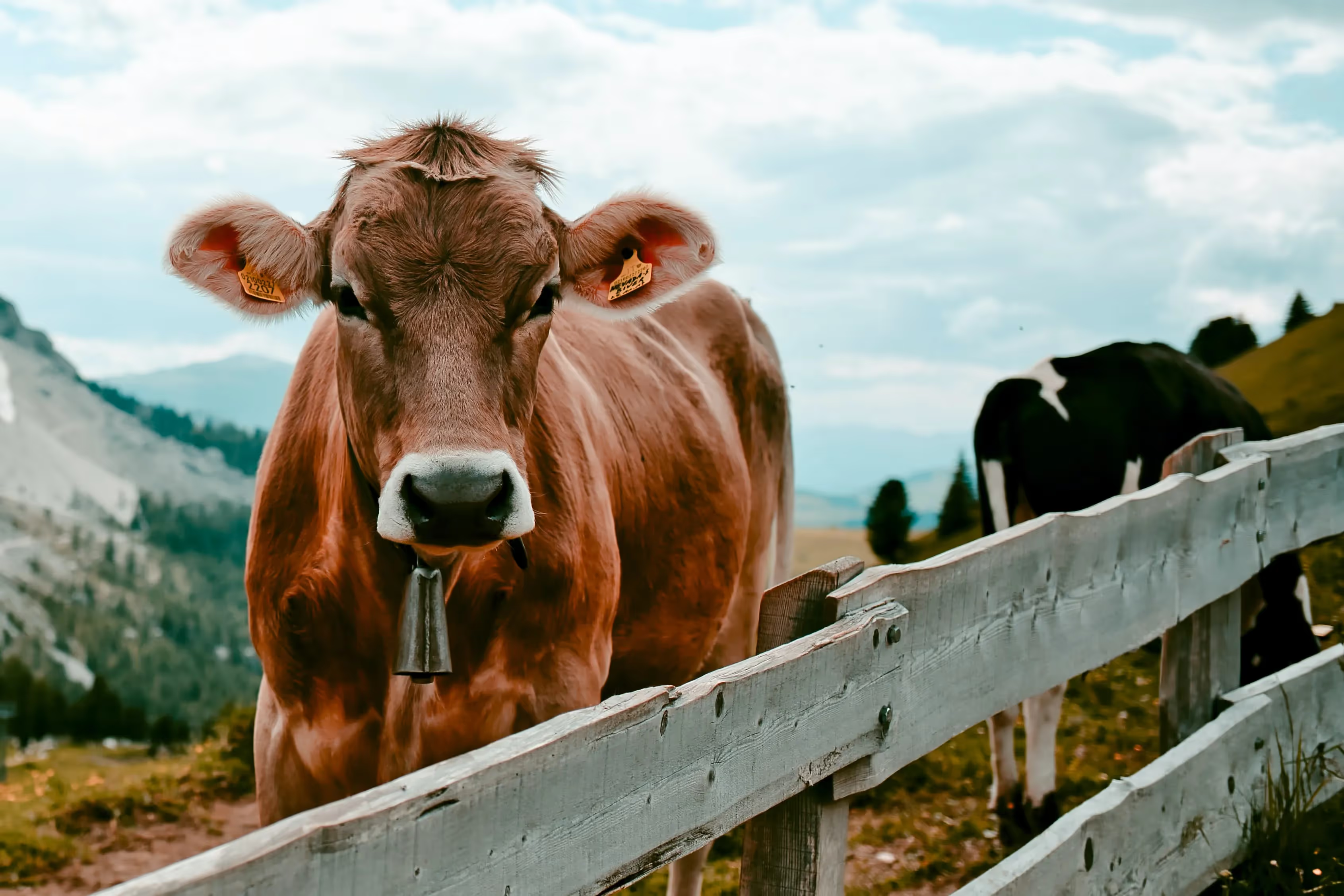Deforestation happens in different parts of the world for different reasons. Understanding those causes is the first step to put an end to it. The Union of Concerned Scientists of USA (UCUSA), a scientific organisation dedicated to putting facts first, provided a documented and efficient report on the causes of deforestation.
This report scopes the roots of deforestation (nice pun, UCUSA), defining and sizing each of them according to its regional preeminence. We listed the 4 largest drivers of deforestation for you here.
1. Soybeans
“Soybean production is heavily concentrated in three countries: the United States, Brazil, and Argentina. Expansion of large-scale commercial soy production into the Amazon in the 1990s was an important cause of deforestation, and Brazil became the largest soybean exporter in the world. However, pressure from civil society led to an industry moratorium on buying soybeans from deforested areas beginning in 2006, and recent data indicate that soy’s role as an agent of deforestation has diminished greatly as a result.”
2. Beef cattle

Credit: Tobias Schmucke
Pasture expansion to produce beef cattle is the main agent of deforestation in Brazil, occupying more than three-quarters of the deforested area. Beef production in the Amazon tends to be extensive, with low levels of meat production per unit area. As with soy, civil society pressure in Brazil has led to a moratorium since 2009 on buying beef from ranches that have cleared forests to create pasture. Pasture expansion remains an important driver of deforestation in Colombia and other Latin American countries, although over much smaller areas than in Brazil. The cattle industry is not an important cause of deforestation in Africa or Asia.
3. Palm oil
.avif)
Credit: Nazarizal
The palm oil industry is heavily concentrated in two tropical forest countries, Indonesia and Malaysia, and has been expanding rapidly in recent years. Emissions from deforestation caused by palm oil plantations are particularly important in terms of global warming pollution, as considerable amounts of plantation expansion take place in peat swamps with very large amounts of carbon in the soil. The palm industry is dominated by large integrated companies that are also involved in timber cutting and establishing tree plantations for pulpwood production, so Southeast Asian deforestation depends on complex interactions between logging and palm and pulp plantations.
4. Logging
Reducing growth in the demand for commodities that drive deforestation will be important to future successes, but so will increasing the productivity of currently used lands and directing agricultural expansion into grasslands rather than forests. Firewood collection has often been blamed for deforestation, but although the volume of wood involved is large, most of it comes from already dead trees and branches and from non-forest areas.
The way we produce our food, but also of other consumer goods, is key in changing the global outcome of the climate crisis. If everyone lived with the carbon footprint of an average European (7.5 tonnes/year), we would need three Earths to sustain our needs.
We need more reports like these to help us make sense of what is going on and dispel some of our misconceptions about the issues at hand. Nothing is simple but everything is much easier when it’s explained properly.
The concerned scientists may be worried, but they are not hopeless. We have already made some progress, and we can mitigate the effects of deforestation. They leave us with that quote:
If recent successes can be duplicated in other tropical countries, we can envision the end of deforestation in the next few decades. This would be a truly historic achievement.
To download the full report from the US Concerned Scientists, visit this link. To learn more about how you can contribute to decarbonisation, have a chat with us.









